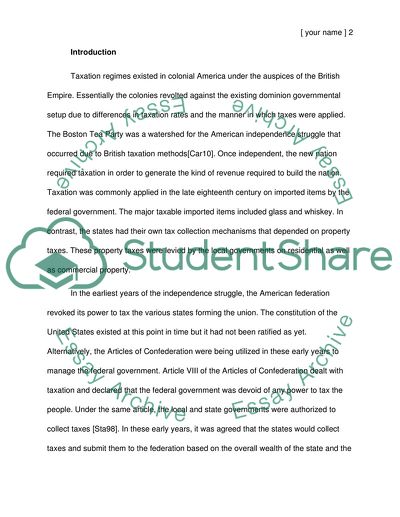Cite this document
(Evolution of Federal Taxation in the United States Research Paper, n.d.)
Evolution of Federal Taxation in the United States Research Paper. Retrieved from https://studentshare.org/law/1783377-history-of-federal-taxation
Evolution of Federal Taxation in the United States Research Paper. Retrieved from https://studentshare.org/law/1783377-history-of-federal-taxation
(Evolution of Federal Taxation in the United States Research Paper)
Evolution of Federal Taxation in the United States Research Paper. https://studentshare.org/law/1783377-history-of-federal-taxation.
Evolution of Federal Taxation in the United States Research Paper. https://studentshare.org/law/1783377-history-of-federal-taxation.
“Evolution of Federal Taxation in the United States Research Paper”, n.d. https://studentshare.org/law/1783377-history-of-federal-taxation.


